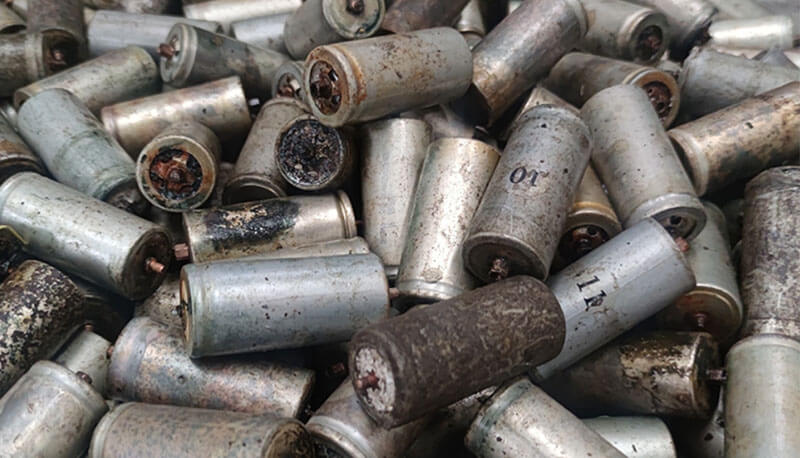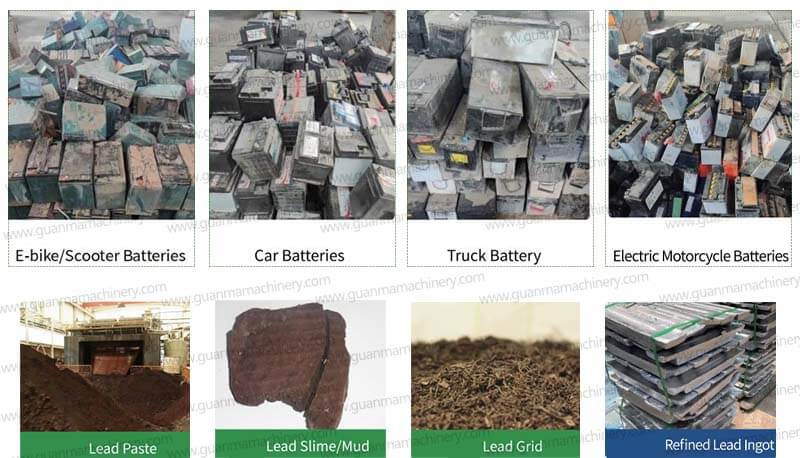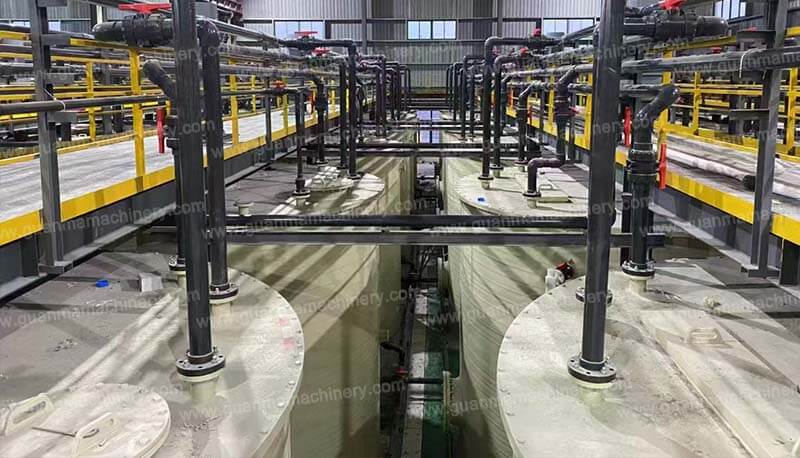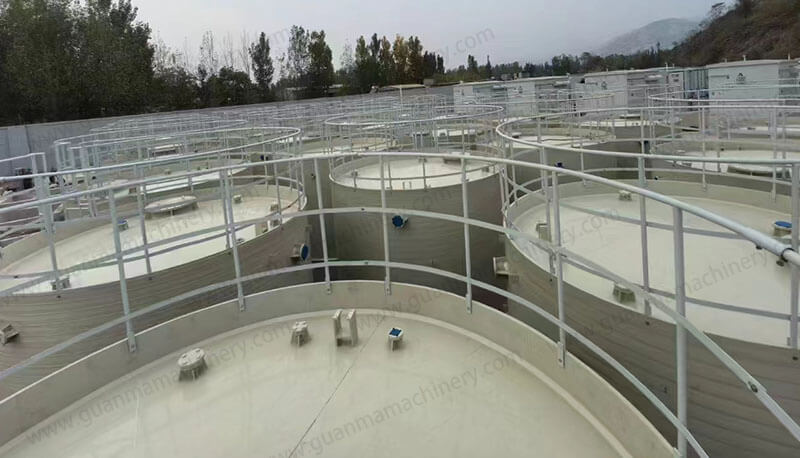There are various methods for handling the discharge of lithium batteries, with the simplest being saltwater discharge. For specific lithium battery discharge solutions, detailed plans can be configured by contacting Guanma Machinery.
The Importance of Lithium Battery Discharge Handling
The step of handling lithium battery discharge is critical, aiming to prevent potential safety incidents such as fires or explosions that could occur due to short circuits during subsequent battery disassembly.
Lithium Battery Discharge Method: Saltwater Discharge
Discharging lithium batteries is the primary step in handling used lithium batteries. It involves soaking lithium batteries in salt water to effectively reduce their stored electrical energy, thereby creating conditions conducive to subsequent recycling processes. This method minimizes the potential hazards of used lithium batteries during storage or processing.

Process of Lithium Battery Discharge Handling:
1. Collecting Used Batteries
Firstly, used lithium batteries need to be collected and cleaned properly to ensure the safety and hygiene of the handling process.
2. Saltwater Discharge
Individually or in batches, immerse the lithium batteries into containers filled with salt water. After ensuring that the lithium batteries are fully submerged, connect them to appropriate discharge equipment to discharge the batteries to a safe voltage level.
3. Energy Release
During the discharge process, the internal energy of the battery is released, causing its voltage to gradually decrease until it reaches the standard for the end of discharge.
It should be noted that the method of discharging lithium batteries is not limited to saltwater discharge. It is recommended to consult more professional manufacturers for additional solutions on lithium battery discharge handling.




